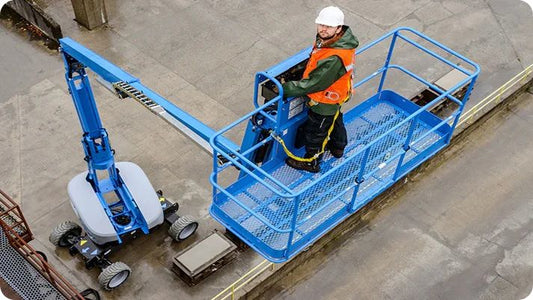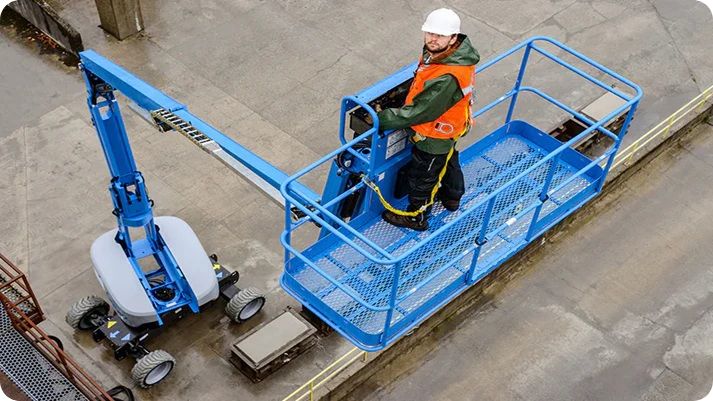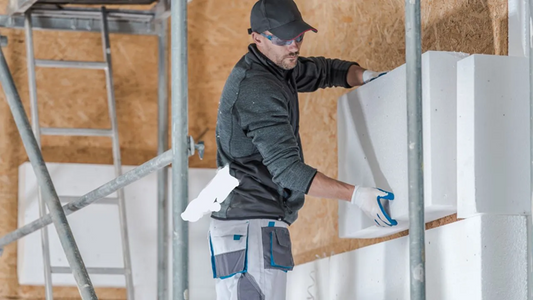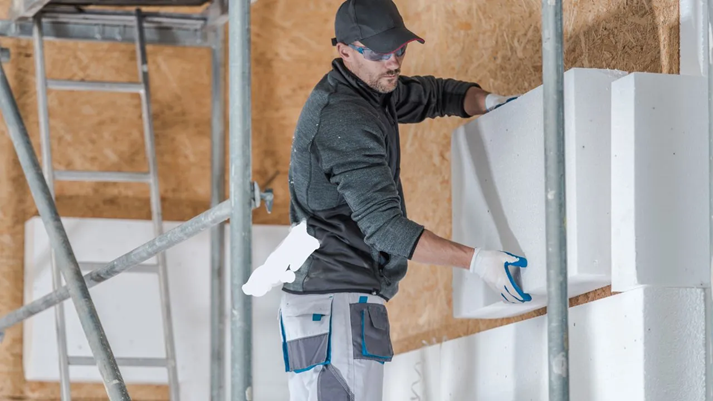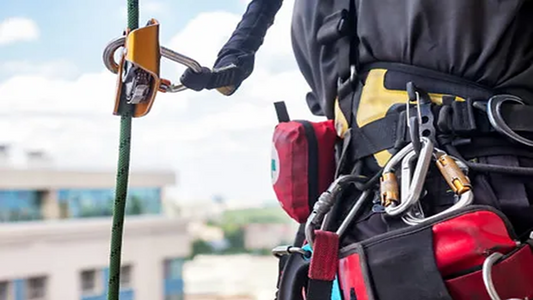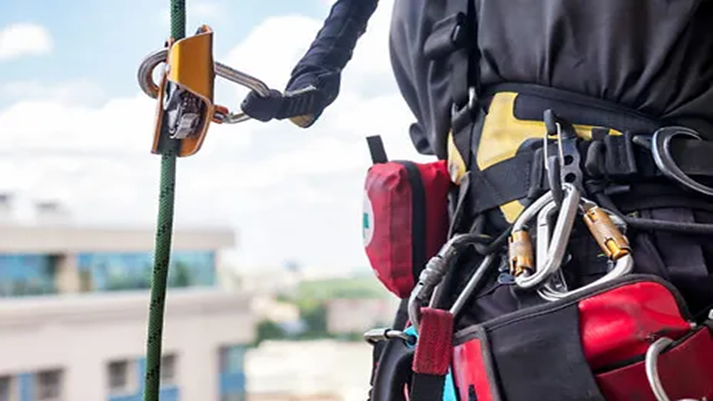When do you need scaffolding courses ?
Working at height is both demanding and risky. To ensure safe working conditions, it is often a requirement that employees complete a scaffolding course . In this article, we take a deep dive into when you actually need a scaffolding course , what the course entails, and what benefits you get by choosing an online scaffolding course.
What is a scaffolding course ?
A scaffolding course is a training course that provides participants with the necessary skills to assemble, dismantle and use scaffolding safely. The course is often required for work at height, and it focuses on regulations, safety measures and the correct use of scaffolding equipment.
When is scaffolding training required?
The Norwegian Labour Inspection Authority has strict requirements for working at height, especially when scaffolding is used. Scaffolding training is necessary in the following situations:
-
Work on scaffolding over 2 meters high
Any employee who will be performing work on scaffolding over 2 meters must have adequate training in the safe use of scaffolding. This includes assembly, disassembly and general work safety. -
Scaffolding assembly and disassembly
Employers are required to ensure that workers who erect or dismantle scaffolding have documented training. A scaffolding course provides participants with both theoretical and practical knowledge. -
Employer's responsibility for safety
Employers are responsible for ensuring that everyone working at height is qualified. This is especially true when there is a risk of falls or accidents. -
Maintenance and inspection of scaffolding
Workers who inspect and maintain scaffolding must understand how to check it to meet applicable safety requirements.
What rules apply to scaffolding courses ?
In Norway, the Norwegian Labour Inspection Authority's regulations on the performance of work regulate the requirements for scaffolding courses . According to the regulations, people working on scaffolding over 2 meters must have completed a scaffolding course that documents their competence. For scaffolding with a height of between 2 and 5 meters, a shorter course is required ( scaffolding course 2-5 meters ), while scaffolding over 9 meters ( scaffolding assembler course ) requires more extensive training.
Benefits of taking a scaffolding course online
With the digitalization of course training, it has become increasingly easier and more flexible to conduct a scaffolding course . An online scaffolding course gives you the following benefits:
-
Flexibility
You can complete the course when and where it suits you, without having to set aside time for travel. This is especially beneficial for employers who want employees to be able to combine training with other tasks. -
Cost-effective
An online scaffolding course is often less expensive than traditional classroom courses, as it eliminates the need for physical facilities. -
Updated content
Digital courses are regularly updated according to current regulations, so you can be sure you're learning the latest in security standards. -
Ease of use
Modern online courses are designed to be easy to navigate, and many offer interactive elements that make learning more engaging.
Who should take a scaffolding course ?
Scaffolding courses are relevant for a number of professional groups, including:
-
Construction workers
Many construction projects require scaffolding, and workers must therefore have the necessary skills to be able to use and maintain the equipment safely. -
Maintenance workers
Inspection and maintenance of buildings and structures often requires working at height. -
Painting companies
To carry out painting work on larger buildings, scaffolding is often necessary. -
Contractors and project managers
Managers responsible for construction projects should have knowledge of scaffolding to ensure safety in the workplace.
How to choose the right scaffolding course ?
When considering a scaffolding course , there are several factors you should consider:
-
Course format
Choose between physical attendance or a flexible online scaffolding course . Both have their advantages, but online courses offer greater freedom. -
Certification
Make sure the course is approved according to the Norwegian Labour Inspection Authority's requirements. -
Contents
Review the course description to ensure it meets your needs. For example, a physical scaffolding course should include training in both theoretical and practical scaffolding work. -
Experienced instructors
Choose a course provider with experienced instructors who have solid knowledge of scaffolding and safety.
The consequences of lack of training
Failure to complete a scaffolding course can have serious consequences. Employers risk fines and sanctions from the Norwegian Labour Inspection Authority, and lack of training can lead to an increased risk of accidents and injuries. In the worst case, this can result in loss of life.
Summary
A scaffolding course is not just a formality – it is a necessity to ensure safe working conditions at height. With requirements from the Norwegian Labour Inspection Authority and strict safety standards, it is important that both employers and employees understand the importance of training.
If you are looking for a flexible solution, an online scaffolding course could be the perfect option. It allows you to meet the requirements without sacrificing working hours or productivity. Take the step towards a safer workplace by choosing an online scaffolding course today.




